
Trump said in July that the project “won’t interfere with the current building.”
The entire East Wing of the White House will be demolished “within days,” according to two Trump administration officials.
The demolition is a significant expansion of the ballroom construction project from what President Donald Trump said this summer.
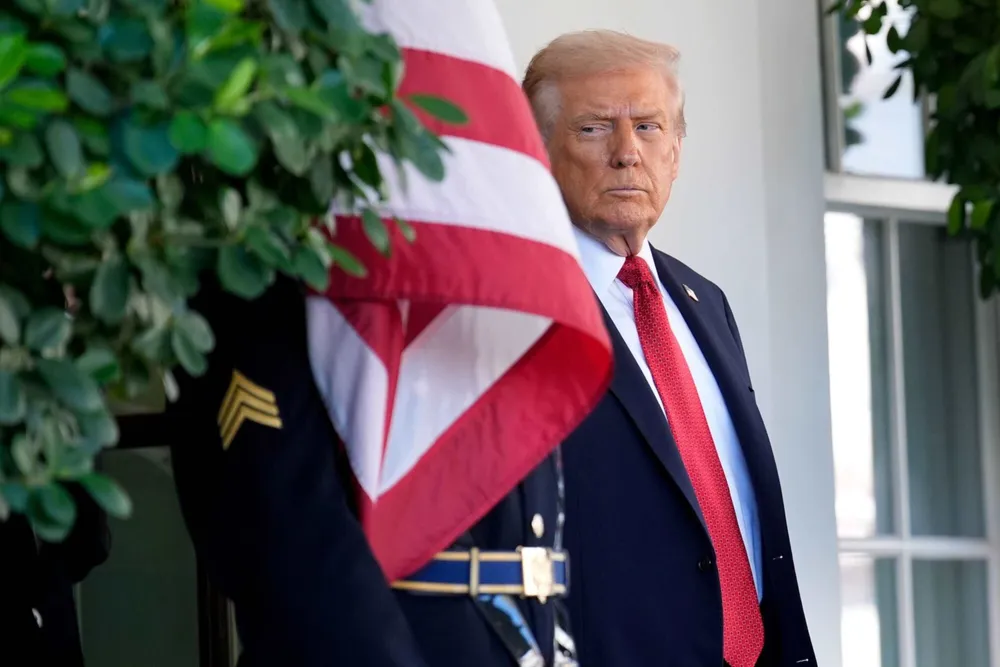
“It won’t interfere with the current building,” Trump said on July 31. “It’ll be near it, but not touching it, and pays total respect to the existing building, which I’m the biggest fan of.”
The New York Times first reported the extent of the demolition.
A White House official told NBC News the “entirety” of the East Wing would eventually be “modernized and rebuilt” while acknowledging the process is fluid.
“The scope and the size of the ballroom project have always been subject to vary as the process develops,” the official told NBC News.
Constructed in 1942 during Franklin D. Roosevelt‘s presidency, the East Wing is connected to and part of the White House complex, and it has typically been used by the first lady and her staff.
Construction on the ballroom began last month. Trump has said it will hold up to 900 people, and last week he said the total price would be about $250 million, which he said he and private donors will pay for. However, on Wednesday, Trump said the ballroom’s price is “about $300 million.”
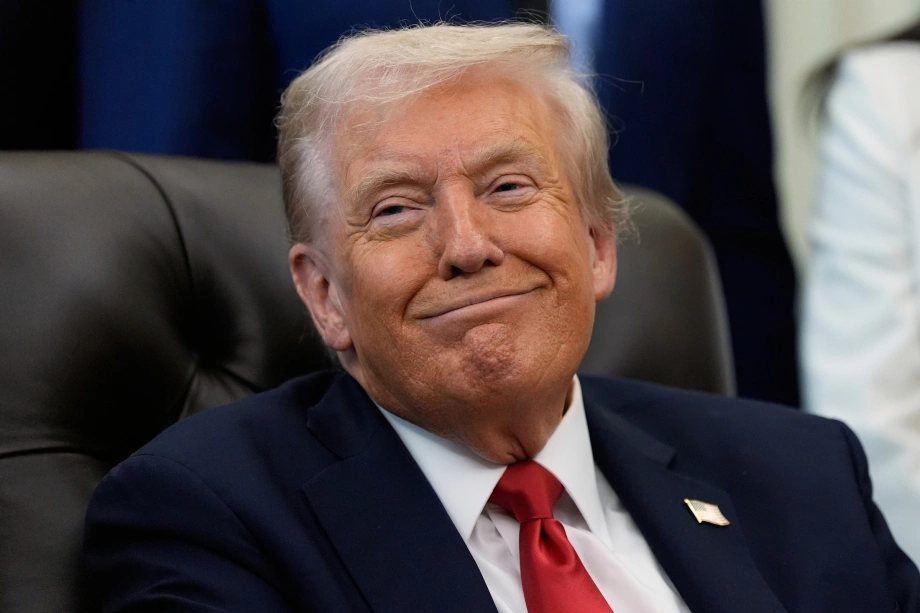
A White House official told NBC News that “all the historical components of the East Wing, such as elements from [Rosalynn] Carter’s original Office of the First Lady, have been preserved and stored under the supervision of the White House Executive Residence and the National Park Service with support from the White House Historical Association. Plans are in place for future use.”
The National Trust for Historic Preservation, a nonprofit agency created by Congress to help preserve historic buildings, warned administration officials in a letter Tuesday that the planned ballroom “will overwhelm the White House itself.”
“We respectfully urge the Administration and the National Park Service to pause demolition until plans for the proposed ballroom go through the legally required public review processes,” Carol Quillen, the National Trust’s CEO, said in a statement.
The White House argues that it hasn’t been required to submit plans for review by the National Capital Planning Commission because only demolition — and not technically construction — has begun.
The U.S. Commission of Fine Arts, the National Capital Planning Commission and D.C. State Historic Preservation Office are the regulatory agencies that would traditionally be involved in greenlighting any major renovations at the White House, according to a person familiar with the matter.
But the White House is ultimately exempt from their binding authority and approval process, the person said, because of what a symbolically unique property 1600 Pennsylvania Ave. is.
The Trust for the National Mall oversees the private donations given to support the ballroom project as the nonprofit partner of the National Park Service. The design and construction are being led by Trump himself, alongside McCrery Architects.
So far, Trump has made significant changes to the Rose Garden, the Oval Office, the Cabinet Room and the Palm Room. He also installed two gigantic flagpoles on the property.
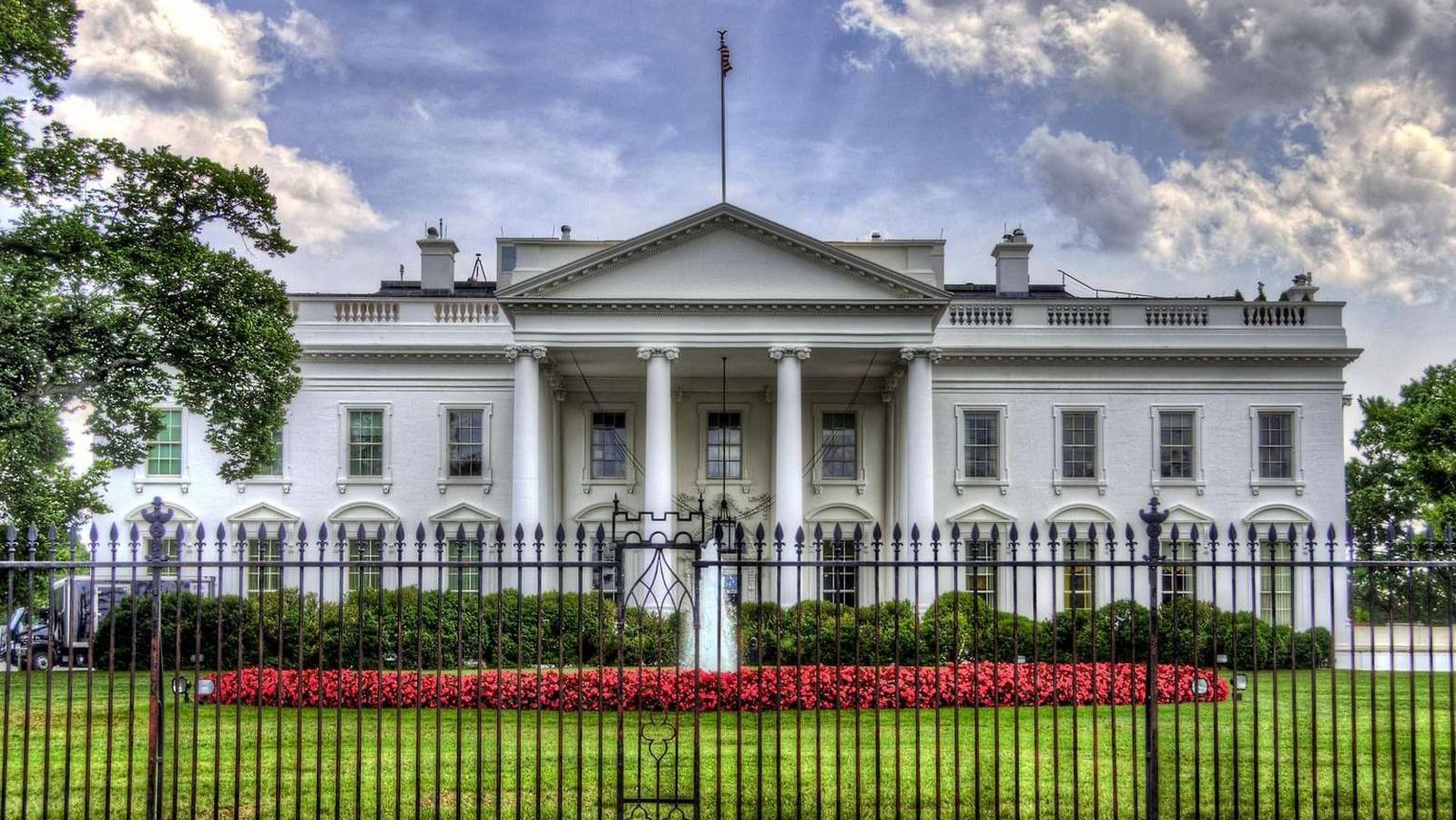
Some experts have questioned how transparent the administration has been about the ballroom construction project.
Bryan Clark Green, an architectural historian and former appointee to the National Capital Planning Commission, said in an interview: “From a norms and customs side, administrations have always gone through that [approval] process to get buy-in and to make sure the public sees the process and isn’t surprised by the design. The whole point of the review process is to improve the design.
“So you had the [Trump] statement over the summer that this will not affect the East Wing at all. But, obviously, it is. A public process would have avoided that kind of shock and surprise.”
Priya Jain, a member of the Society of Architectural Historians, said: “It seems like they [the White House] plan to submit their proposal to the National Capital Planning Commission. However, in regular federal projects, deliberation happens before anything is demolished.”
Construction plans weren’t submitted to the National Capital Planning Commission in advance, but a White House official claimed they will be “soon when it is time.”
It’s unclear what that time frame is. The NCPC is affected by the government shutdown.
Construction crews were seen this week ripping down the East Wing facade, prompting criticism from Democrats, historians and even some Republicans.
The White House called the uproar “manufactured outrage” by “unhinged leftists and their Fake News allies” in a news release Tuesday.
The critics, the White House said, were “clutching their pearls over President Donald J. Trump’s visionary addition of a grand, privately funded ballroom to the White House.”
The release called the planned ballroom “a bold, necessary addition that echoes the storied history of improvements and renovations from commanders-in-chief to keep the executive residence as a beacon of American excellence.”
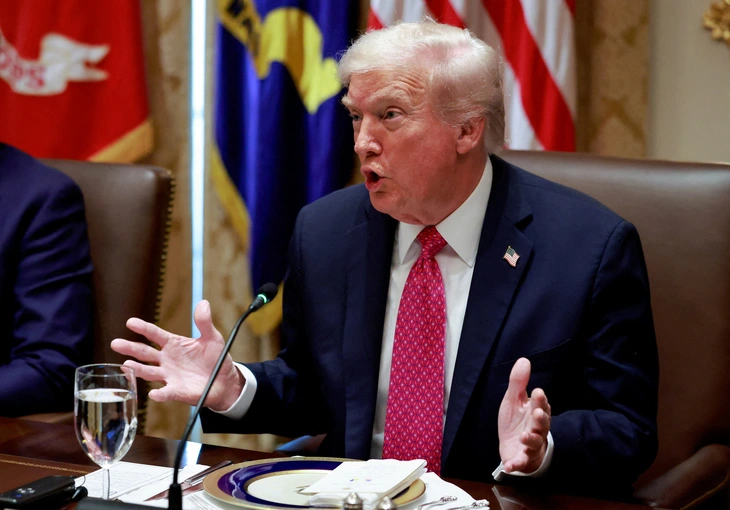
It noted that numerous other presidents have had renovations and construction work done at the site. “FACT: For more than a century, U.S. Presidents have been renovating, expanding, and modernizing the White House to meet the needs of the present day,” it said, pointing to specific examples.
Trump held a dinner at the White House last week to thank donors to the project.
Comcast Corp., the parent company of NBCUniversal, was included on a list of top donors. It is unclear how much Comcast and other donors have contributed; Alphabet, the parent company of YouTube, agreed last month to donate $22 million to the project in a settlement of a court case Trump had brought against the online video platform.\
![]()
Democrats call on ‘disengaged’ Trump to get involved to end shutdown
The top two Democratic leaders have requested a meeting with Trump after the last one went sideways. Some Republicans say it wouldn’t hurt for him to engage more but doubt he will.
WASHINGTON — As the government shutdown crosses the three-week mark, Democrats are increasingly calling on President Donald Trump to get more involved in finding a solution.
And some Republicans acknowledge that Trump has been disengaged and say it wouldn’t hurt if he got more involved.

“Hakeem and I reached out to the president today and urged him to sit down and negotiate with us to resolve the health care crisis, address it and end the Trump shutdown,” Senate Minority Leader Chuck Schumer, D-N.Y., told reporters Tuesday, referring to his House counterpart, Hakeem Jeffries of New York. “We urged him to meet with us, and we said we’ll set up an appointment with him any time, any place before he leaves.”
And as Republican senators ate cheeseburgers at a private lunch meeting with Trump on Tuesday, there was little discussion of the shutdown, several of them said afterward.
“He mentioned it briefly, but my sense is that nothing’s changed,” said Sen. John Cornyn, R-Texas. “We’ll talk about all the issues the Democrats want to talk about once the government reopens.”
That has been the GOP strategy all along — to hold firm on its short-term funding bill and expect Democrats to back off their demands to extend Affordable Care Act subsidies. It hasn’t worked, with the Senate voting 11 times to reject the bill that passed the Republican-led House version and seeing no votes changing by even one senator.
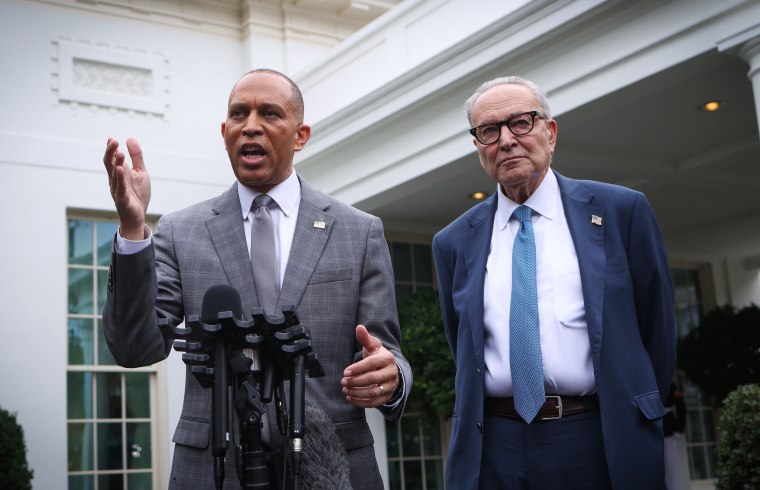
Trump has met only once with Schumer and Jeffries, on Sept. 29 — two days before the shutdown began — and it didn’t go well. He reacted hours later by taunting the two Democrats with an artificial intelligence-generated post that put words in Schumer’s mouth and a sombrero on Jeffries’ head.
Sen. Adam Schiff, D-Calif., said Trump’s involvement is “essential” to ending the shutdown because GOP leaders on Capitol Hill won’t cut a deal without his blessing.
“Republicans here are not going to make a move without Trump saying that he’s ready to end this,” Schiff said. “He doesn’t seem particularly interested or to care. And until that changes, I think we’re going to be at an impasse.”
Sen. Cynthia Lummis, R-Wyo., said Trump has been disengaged only because “he’s had his hands full with Israel and international matters.”
“So he’s had every reason to be disengaged and just to let legislators handle this themselves,” she said, adding that Democrats should deal with Senate Majority Leader John Thune, R-S.D., instead of Trump.
But Thune — along with House Speaker Mike Johnson, R-La. — have both made it clear that they won’t negotiate directly with Democrats and that those discussions can happen only at the Appropriations Committee level.
Thune told NBC News that Trump will get involved in how to handle the Obamacare subsidies that expire at the end of this year, which would raise premiums on millions of enrollees.
“I think the president’s ready to get involved in having the discussion about the enhanced premium tax credits. But I don’t think they’re prepared to do that until they open up the government,” he said before the meeting.
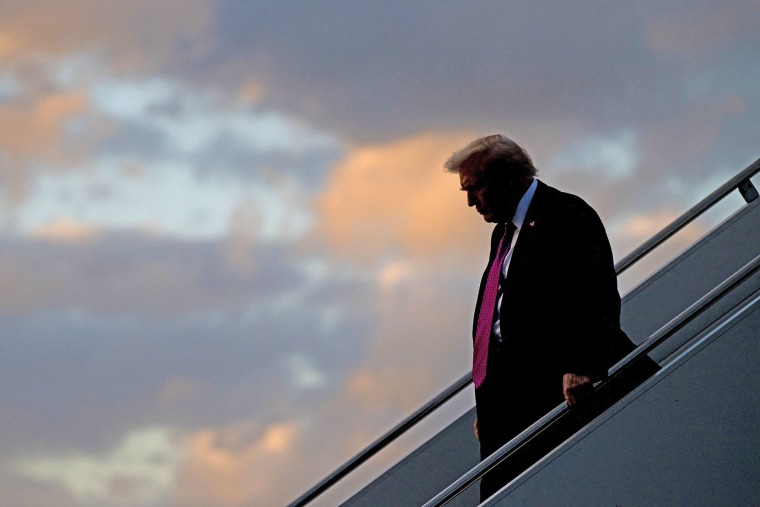
The White House said its position on shutdown negotiations hasn’t changed since funding initially lapsed on Oct. 1. And as for any possible talks, Trump said Tuesday he would meet with Democrats only “with one major condition,” which is “open up the country first.”
A White House official told NBC News, “We are happy to have a policy conversation but not while the American people are being held hostage.”
The White House has urged Democrats to join Republicans in passing a stopgap measure and says it would then be open to having a discussion on health care issues and beyond.
“Our position has been consistent,” the official said. “Democrats are wish-casting a scenario where the president comes in and gets involved” because they don’t have another solution right now.
As the shutdown has dragged on, the White House has carried on with business as usual. Trump has traveled domestically and overseas, participating in more than a dozen events. At the end of this week, he will depart on a multiday trip to Asia, where he is expected to take part in several world summits.
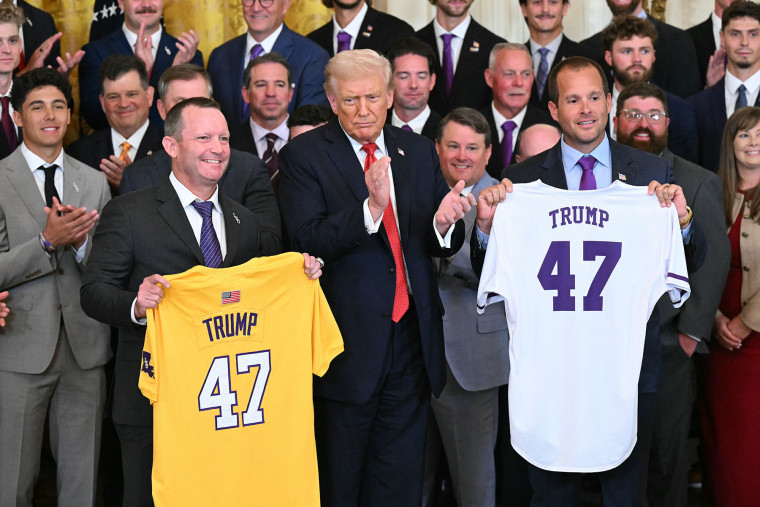
Sen. Tim Kaine, D-Va., said Trump’s “refusal to engage” is prolonging the shutdown, “because the Republicans are not in a position to want to agree to anything without his green light.”
“The question is, when will President Trump engage? What he does, we’ll solve this. If he chooses to be unengaged, we won’t. Because the only way to avoid shutdowns — or the only way we get out of them — is when the president engages. Thus far, he’s chosen to focus on everything else but keep the U.S. government open.”
Sen. Richard Blumenthal, D-Conn., said he has been “somewhat astonished” that the self-styled “ultimate dealmaker” has refused to deal on this matter.
“It’s very easily solved. There’s a clear path,” he said. “Get in a room. Agree to extend the health care tax credits.”
In Trump’s absence, Johnson has stepped in to fill the void. Throughout the three-week shutdown, Johnson has held daily news conferences in the Capitol with members of his leadership team and a rotating cast of key Republicans, blasting Democrats for blocking the House-passed funding bill and backing what he calls the “Schumer shutdown.”
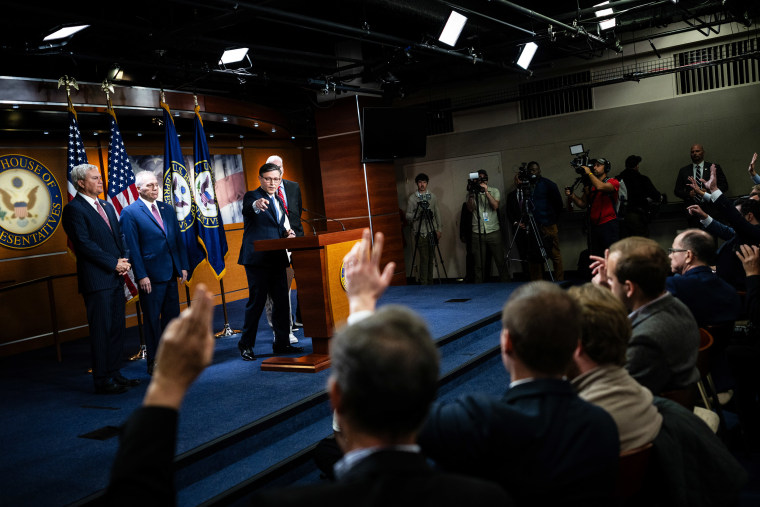
On top of that, he has launched an aggressive media blitz about the shutdown, doing nearly 50 interviews since Oct. 1 with TV networks, radio shows, streaming shows and print and digital outlets, Johnson’s office said. They include appearances on Fox News, Newsmax, NBC News, NewsNation, MSNBC, a Wall Street Journal podcast and “The Sean Spicer Show.”
In each appearance, the message is the same: Johnson says he won’t sit down and negotiate with Democrats over their demands because they simply need to pass the House’s continuing resolution, or CR. He has had one recent phone call with Jeffries, but neither has revealed what they discussed.
“I don’t have anything to offer,” Johnson told reporters Tuesday. “I don’t have any partisan priority I can pull off of the CR to make it more palatable for them. There’s nothing to negotiate.”
Asked Tuesday whether Trump’s engagement is the key to breaking the impasse, Jeffries replied: “Of course Donald Trump should come to the negotiating table.”
Asked whether Trump should get more engaged, Sen. John Kennedy, R-La., responded, “I don’t think it could hurt, but I don’t see any indication that the president’s wanting to do that.”
“This shutdown will stop when everybody takes their egos out back and shoots them. And that hasn’t happened yet,” he said. “Everybody’s still up on their high horse. And I thought they would have fallen off by now. But they haven’t. So the soap opera continues.”


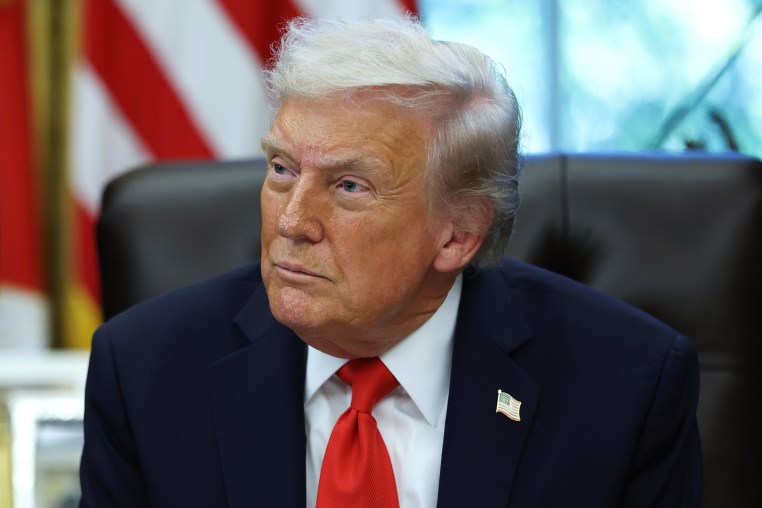
:max_bytes(150000):strip_icc():focal(201x247:203x249):format(webp)/Jason-Knauf-Kate-Middleton-King-Charles-phone-call-022325-ef97ad5b6c4a4fb4a46abe5e822a8312.jpg?w=1200&resize=1200,0&ssl=1)


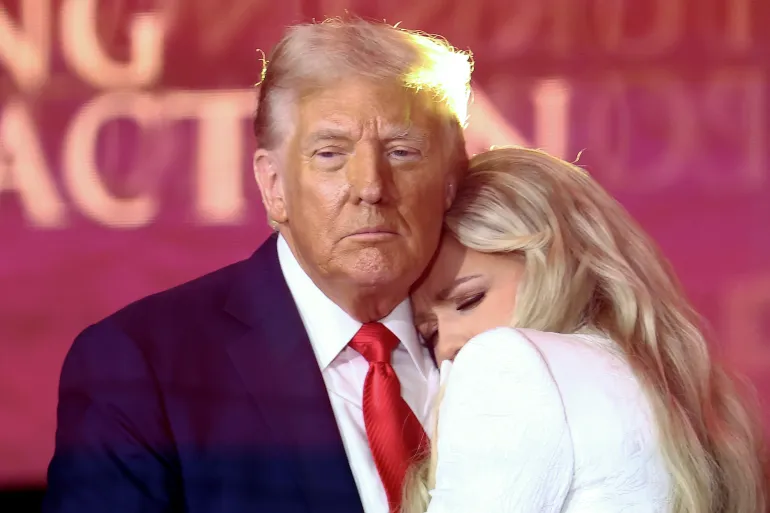





:max_bytes(150000):strip_icc():focal(787x286:789x288)/kate-middleton-national-portrait-gallery-london-020625-2-9f9c0e144582457683b62672597dbf19.jpg?w=1200&resize=1200,0&ssl=1)










_updates.jpg?w=1200&resize=1200,0&ssl=1)






















:max_bytes(150000):strip_icc():focal(749x0:751x2):format(webp)/Christianna-Apps-5-121825-ae06cb988405460987109364d7c522c3.jpg?w=1200&resize=1200,0&ssl=1)